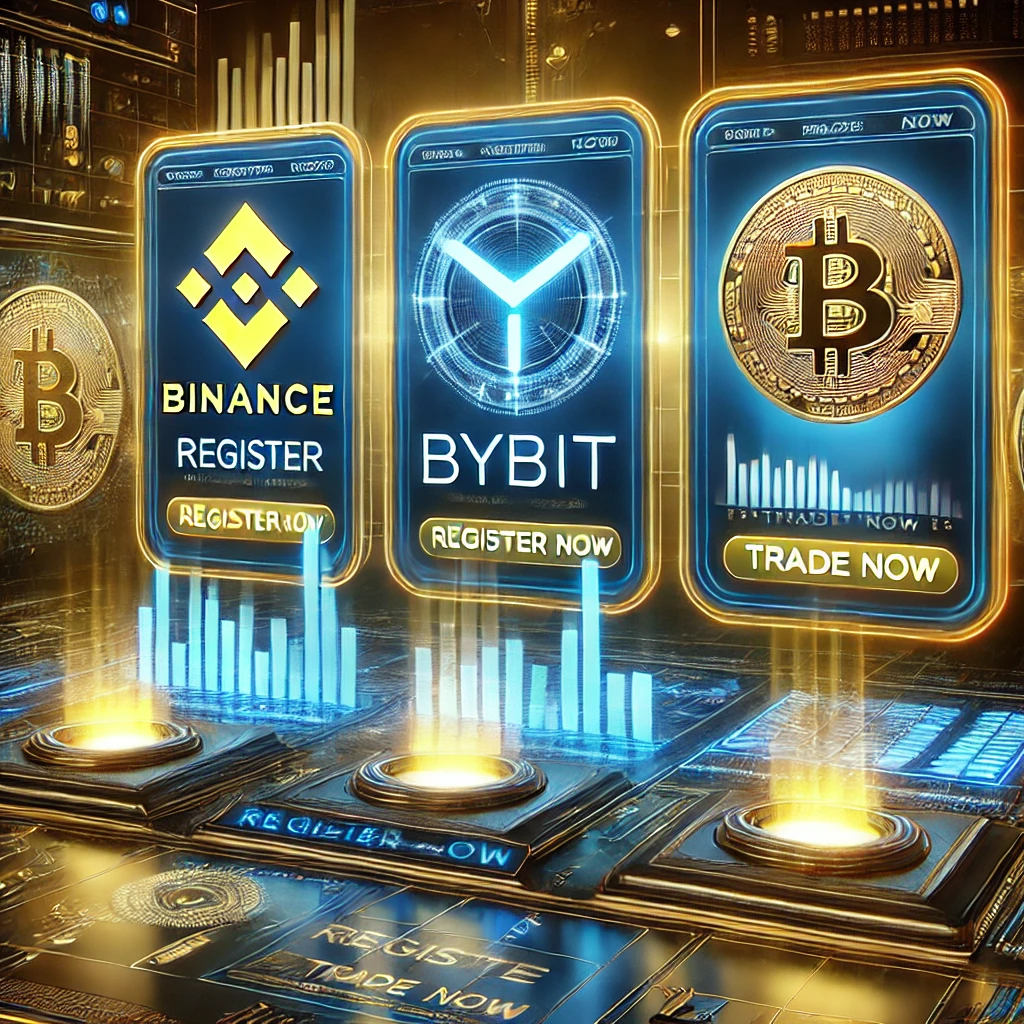Binance Coin (BNB) is the native cryptocurrency of the Binance exchange, one of the largest and most popular cryptocurrency exchanges in the world. Launched in July 2017, BNB was originally created as a utility token to facilitate trading on the Binance platform, but it has since evolved into a versatile cryptocurrency with multiple use cases. Here’s a closer look at BNB and how it operates within the Binance ecosystem.
1. Overview of Binance Coin (BNB)
- Token Standards: Initially, BNB was issued as an ERC-20 token on the Ethereum blockchain. However, in 2019, Binance launched its own blockchain called Binance Chain and migrated BNB to this new platform, making it a BEP-2 token. Subsequently, the Binance Smart Chain (BSC) was introduced, allowing for smart contract functionality and decentralized applications (DApps).
- Supply and Burn Mechanism: BNB has a maximum supply of 200 million tokens. Binance implements a token burn mechanism, where a portion of BNB is periodically destroyed based on trading volume. This process reduces the total supply over time, potentially increasing the value of remaining tokens.
2. Use Cases of BNB
BNB serves various purposes within the Binance ecosystem, including:
- Trading Fee Discounts: Users can pay their trading fees on the Binance exchange using BNB to receive discounts. The percentage of the discount may decrease over time as the token burn occurs, but it provides an incentive for users to hold and use BNB.
- Participation in Token Sales: BNB can be used to participate in token sales on Binance Launchpad, which is a platform for new cryptocurrency projects to raise funds through Initial Exchange Offerings (IEOs).
- Payments and Transfers: BNB can be used to make payments for goods and services with merchants that accept it. Additionally, users can transfer BNB to other users on the Binance platform.
- DeFi and Staking: With the rise of decentralized finance (DeFi), BNB can be utilized in various DeFi protocols and platforms built on Binance Smart Chain. Users can stake BNB in liquidity pools or yield farms to earn rewards.
3. How BNB Works on Binance
- Buying and Selling BNB: Users can buy BNB directly on the Binance exchange using various trading pairs (e.g., BNB/BTC, BNB/USDT). After purchasing, users can hold, trade, or use BNB for fees or other services.
- BNB Wallet: Binance provides users with a wallet to store their BNB and other cryptocurrencies securely. Users can view their balance, transaction history, and perform transfers within the platform.
- Token Burn Events: Binance regularly conducts token burn events, where a certain amount of BNB is permanently removed from circulation. These burns are announced and can affect the overall supply and market sentiment surrounding BNB.
Conclusion
Binance Coin (BNB) has evolved from a simple utility token to a multifaceted cryptocurrency with diverse use cases within the Binance ecosystem. Its trading fee discounts, participation in token sales, and utility in DeFi applications make it an attractive option for users of the Binance platform.
For those interested in trading BNB or exploring the Binance ecosystem, consider signing up on Binance to take advantage of its features and offerings. Embrace the potential of BNB and the world of cryptocurrencies!

